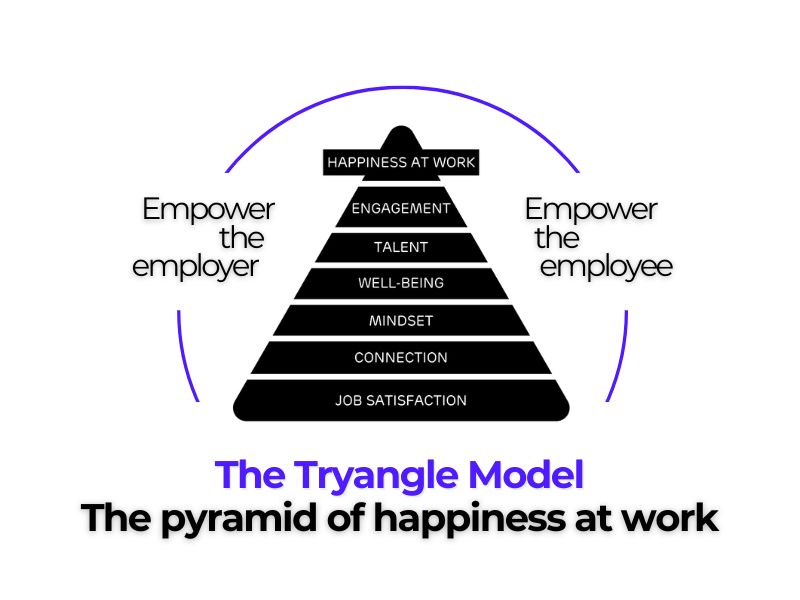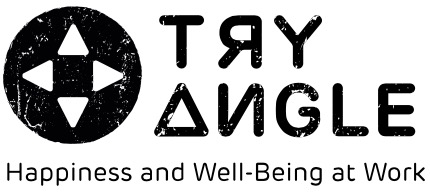In every team, talents lie beneath the surface—hidden not because they don’t exist, but because there simply hasn’t been space or opportunity for them to shine. Sometimes it’s the introverted colleagues who rarely step into the spotlight. Sometimes it’s team members who have spent years working in the same role, without anyone ever asking what truly energizes them. But one thing is certain: every team holds untapped potential.
Hidden talent isn’t a rarity, it’s an opportunity waiting to be unlocked.
Why do talents stay under the radar?
In many traditional work environments, the focus is on tasks, roles, and output. What someone “should be able to do” gets more attention than what they are naturally good at. As a result, certain talents remain unused—or even invisible.
Often, it’s also a matter of habit: someone who has excelled at administration for years is rarely seen as a potential speaker, creative thinker, or connector. Yet that might be exactly where their unique strength lies.
A leader who focuses on talent looks beyond job descriptions and observes: when do someone’s eyes light up? When do they take spontaneous action? Where is their energy and enthusiasm?
Three signs of untapped talent
Energy afterwards
Notice when an employee seems energized or uplifted after a task. Activities that give energy rather than drain it are often a sign of talent.
A steep learning curve
If someone picks up a skill unusually quickly, with little explanation needed, it may indicate a natural aptitude.
Spontaneous initiative
Employees who take on extra tasks without being asked—and enjoy doing so—often show talents that fall outside their formal role.
What you can do as a leader?
Look for the story behind the behavior.
Why does someone remain quiet in meetings? They may be deeply reflecting and have a talent for analysis.
Ask deeper questions.
What do you enjoy doing? What do people compliment you on outside of work? What did you love as a child? Such questions set talent in motion.
Create room to experiment.
Give employees opportunities to take on small roles or projects outside their comfort zone. Talent often needs a safe context to emerge.
Use peer feedback.
Colleagues often see strengths leaders may overlook. Let talents surface in team conversations or through playful formats such as “compliment rounds” or talent cards.
From discovery to application: make it part of the conversation
Recognizing talent is only the first step. To truly make use of it, trust is key. Give employees the chance to share where they want to grow, what they’d like to try, and what they’d rather let go of.
Approaches like job crafting or team crafting can help structure this dialogue. In a team that distributes tasks based on enthusiasm and strengths, you not only achieve better results—you build a culture where people can truly thrive.
In conclusion
Hidden talents are like underground springs: you only realize their value once you tap into them. Leaders who observe with an open mind and actively invite people to name their strengths don’t end up with an overloaded team—they create a motivated one.
Looking to get started? At Tryangle, we help teams and organizations bring workplace happiness to life—through talent exploration workshops, team crafting, and tailor-made leadership programs. Feel free to reach out for inspiration or support.
Do you want to foster a positive and people-centered company culture? Be sure to check out our offer!

Based on our own pyramid model, we raise awareness in organizations about the components, opportunities, and ROI of workplace wellbeing and happiness.
We provide solutions for organizations, leaders, and individual employees, driven by our belief in the shared responsibility between employer and employee. Every intervention is tailor-made to fit the company culture and aligned with the organization’s priorities and needs.
Curious to see how we can help you?
Discover our services and topics or download our folder





